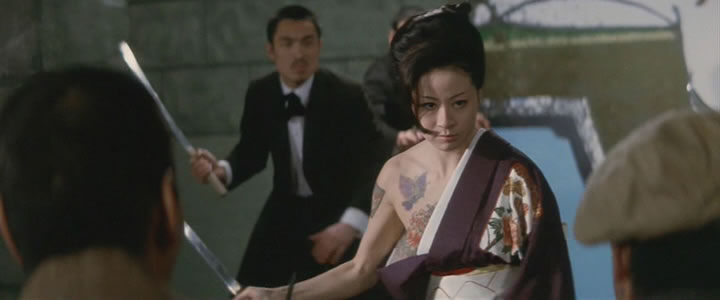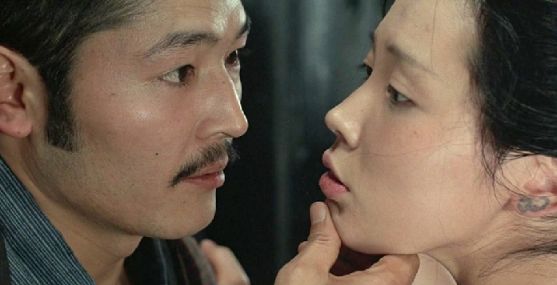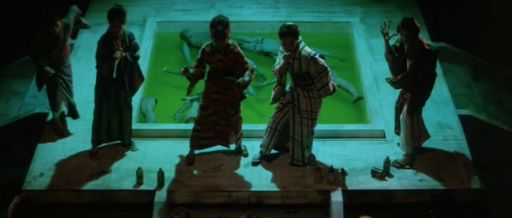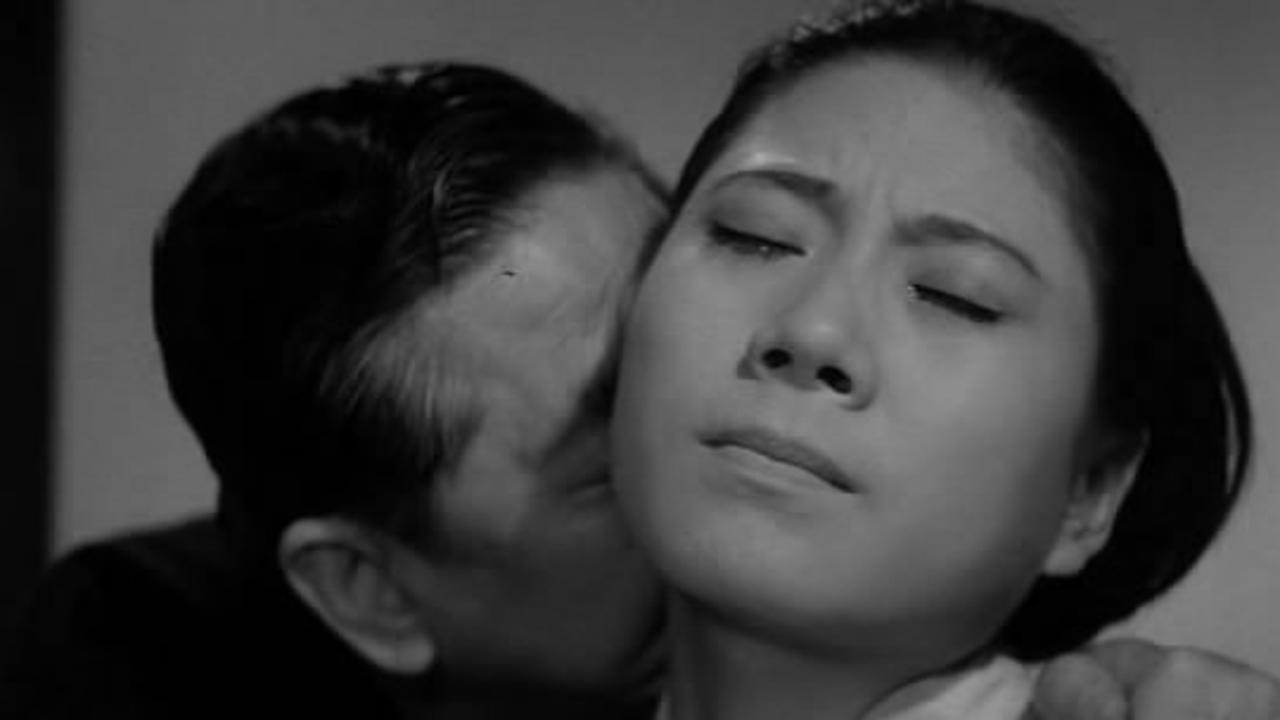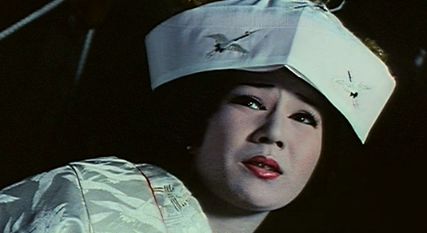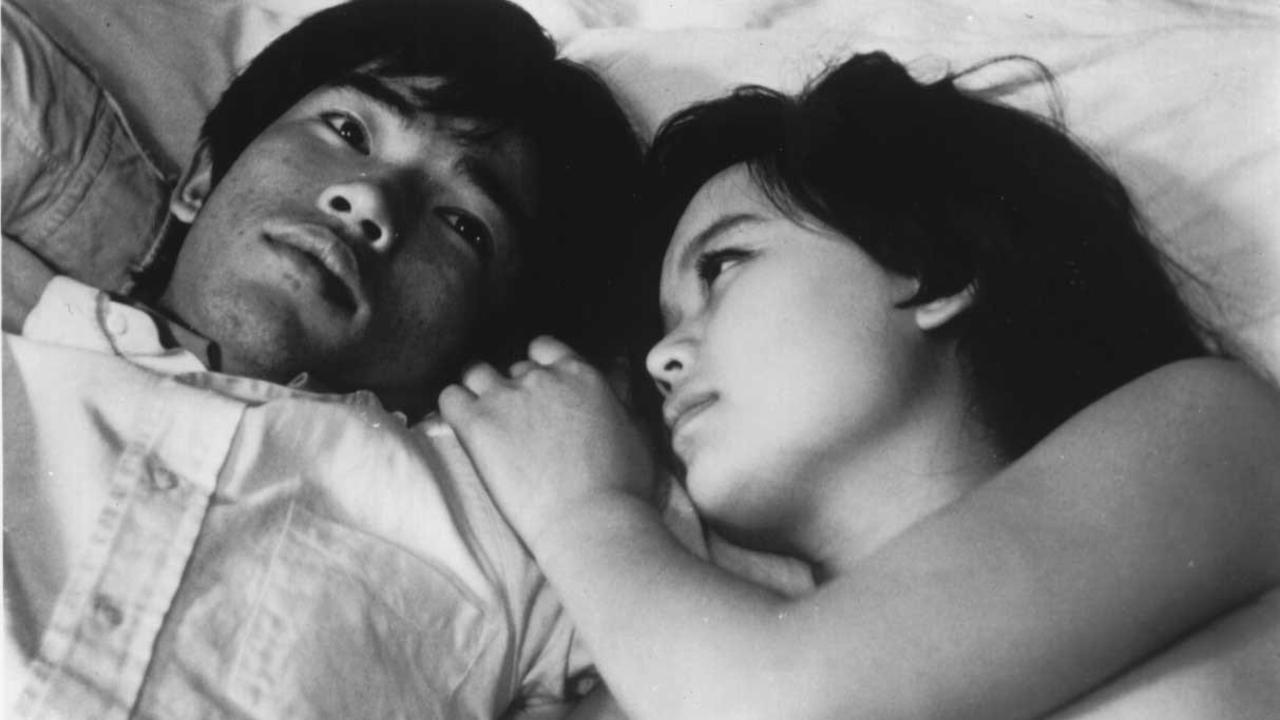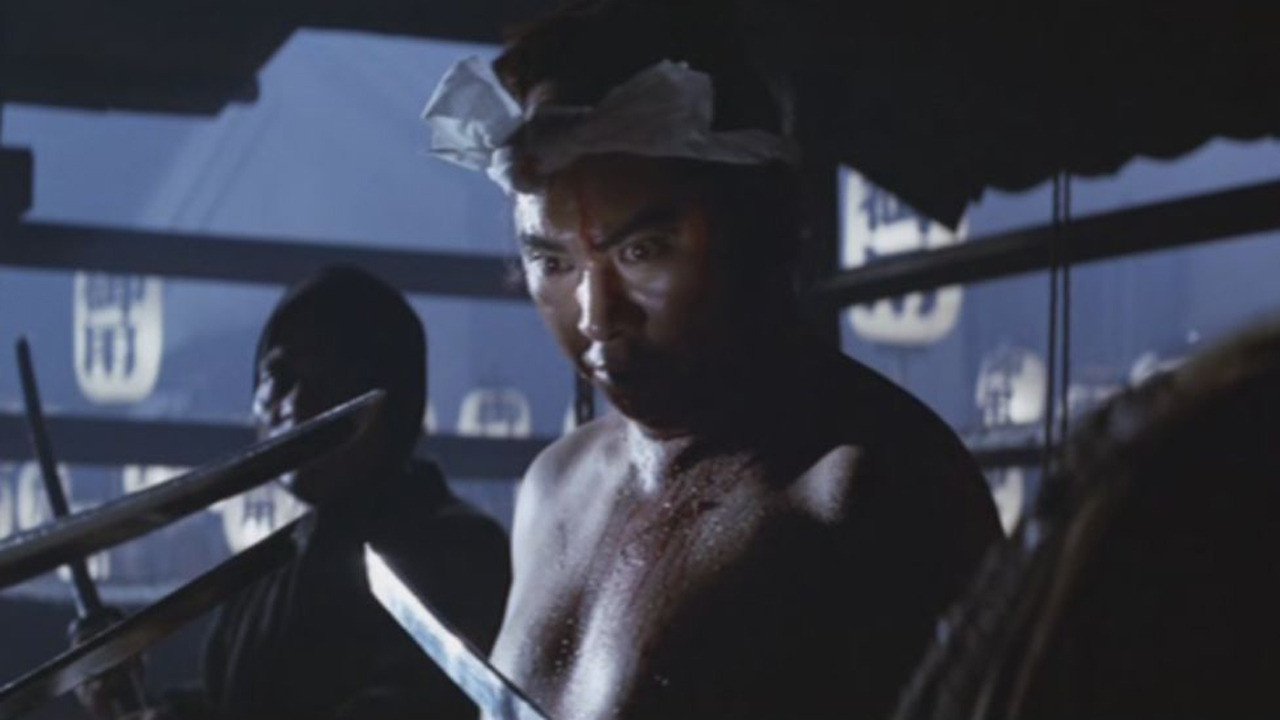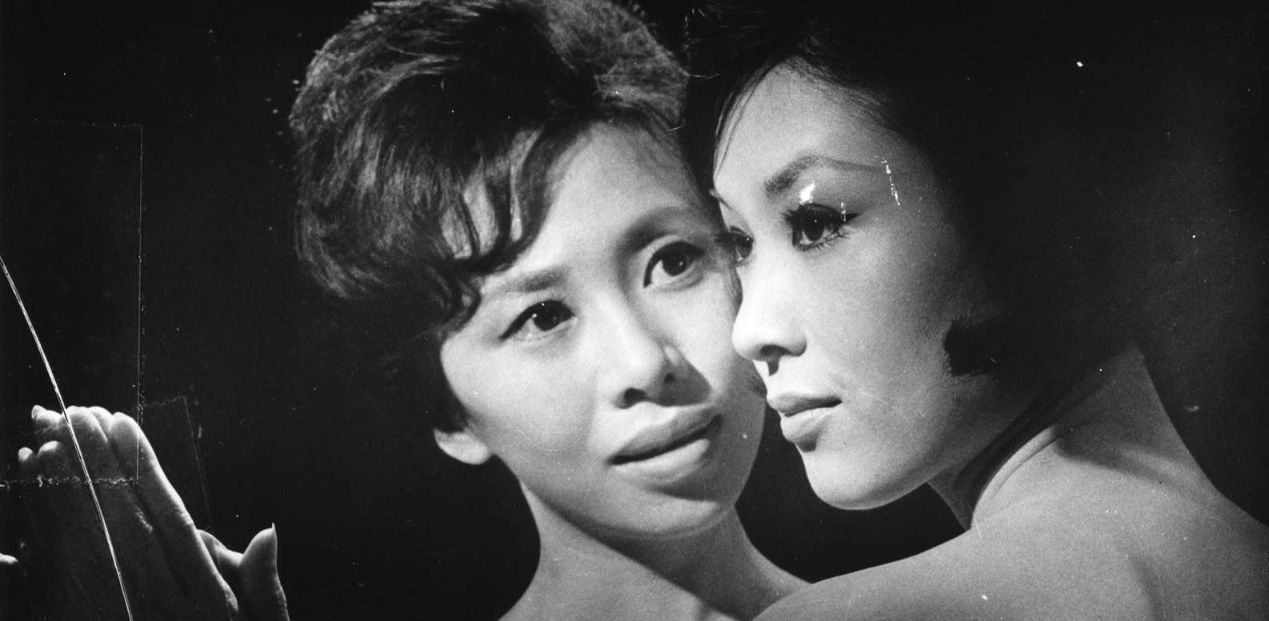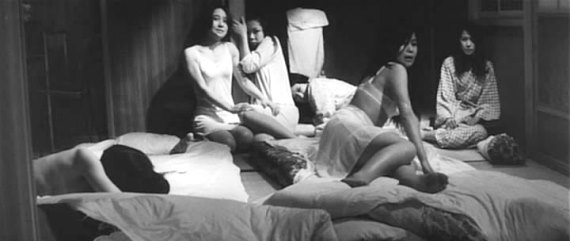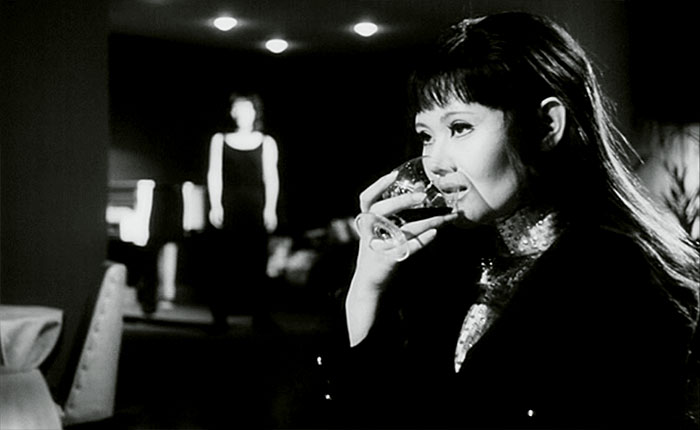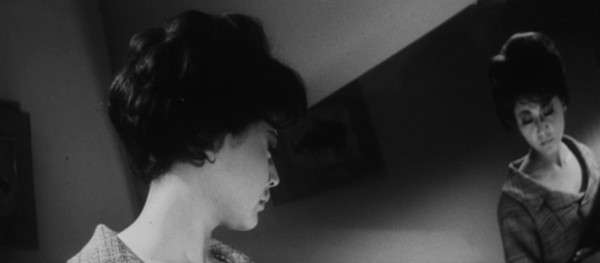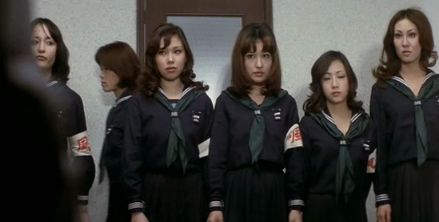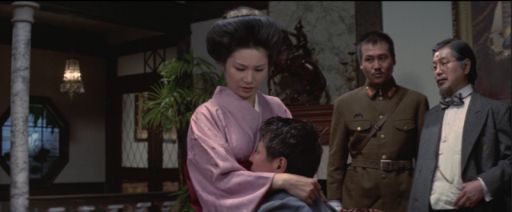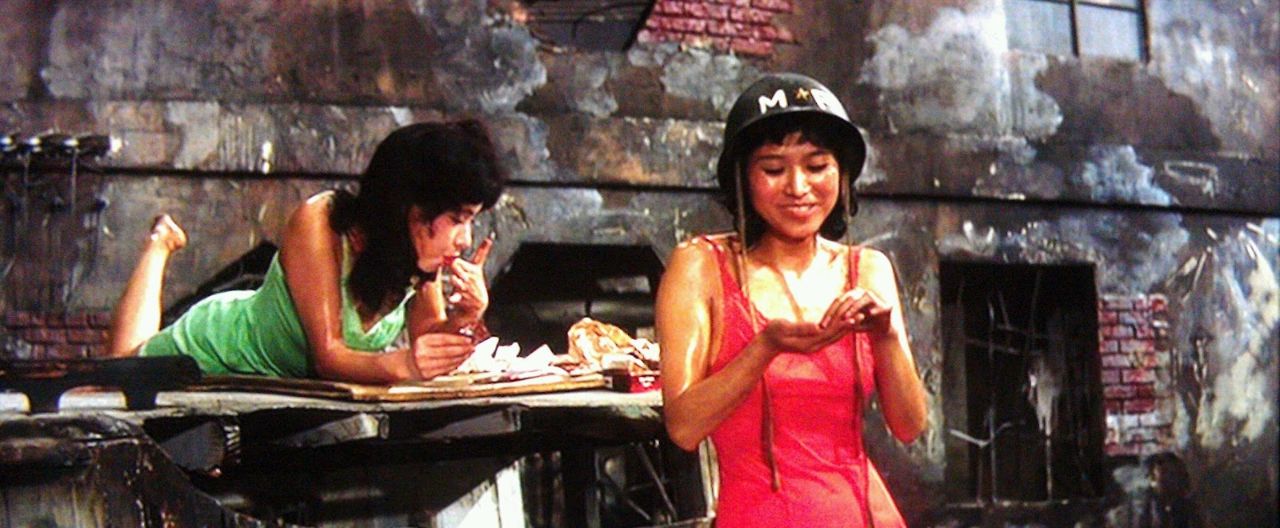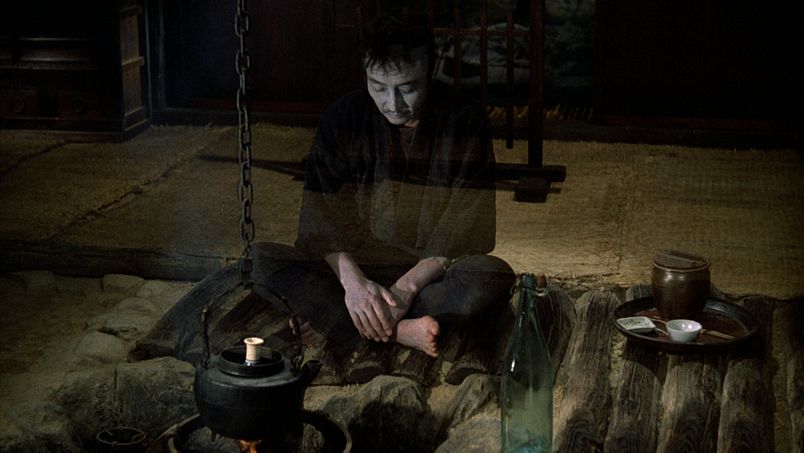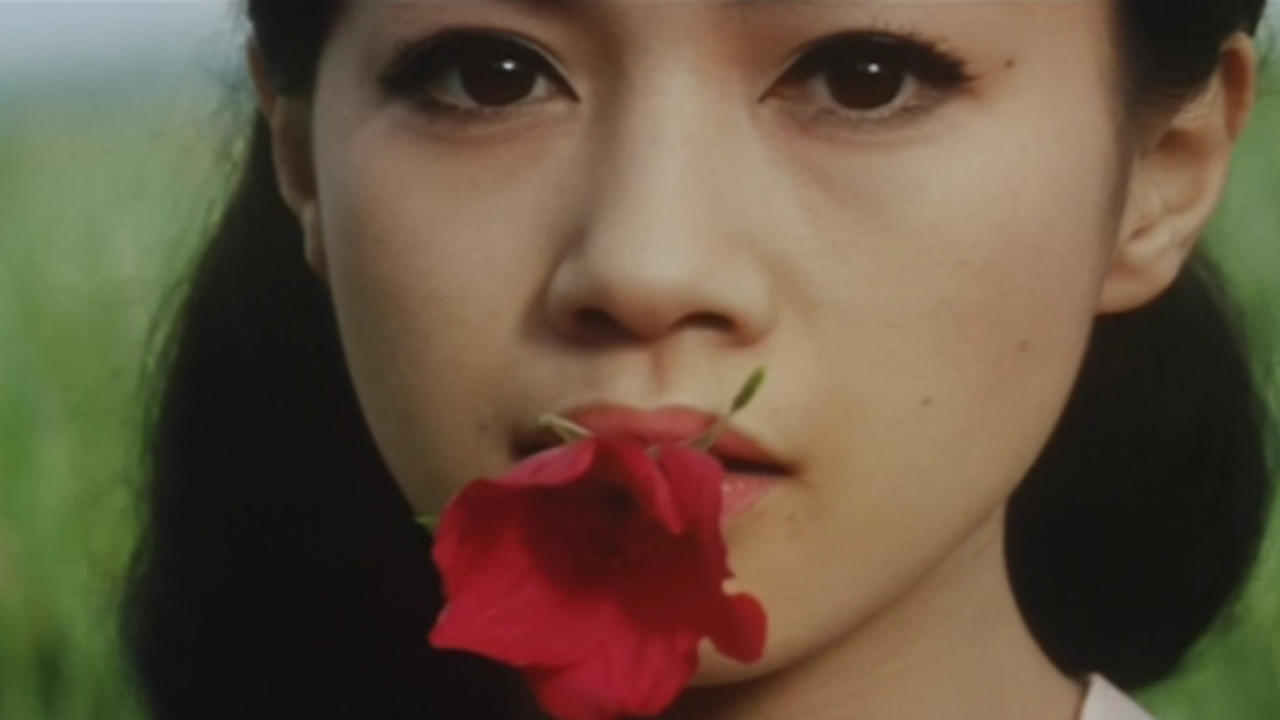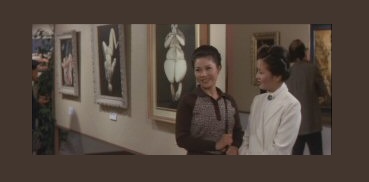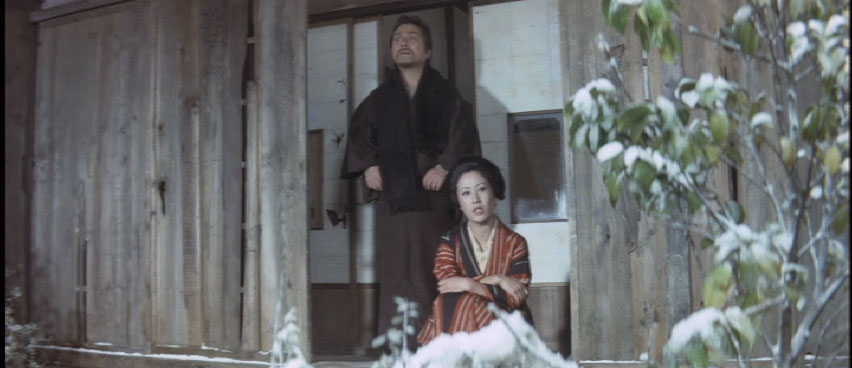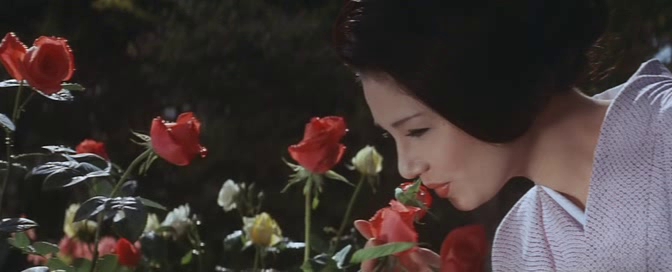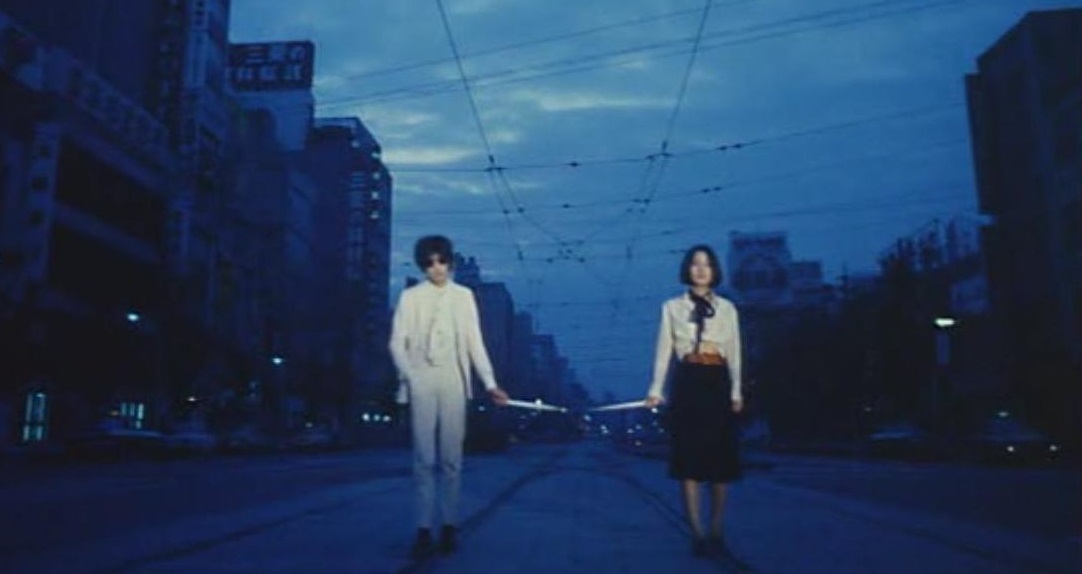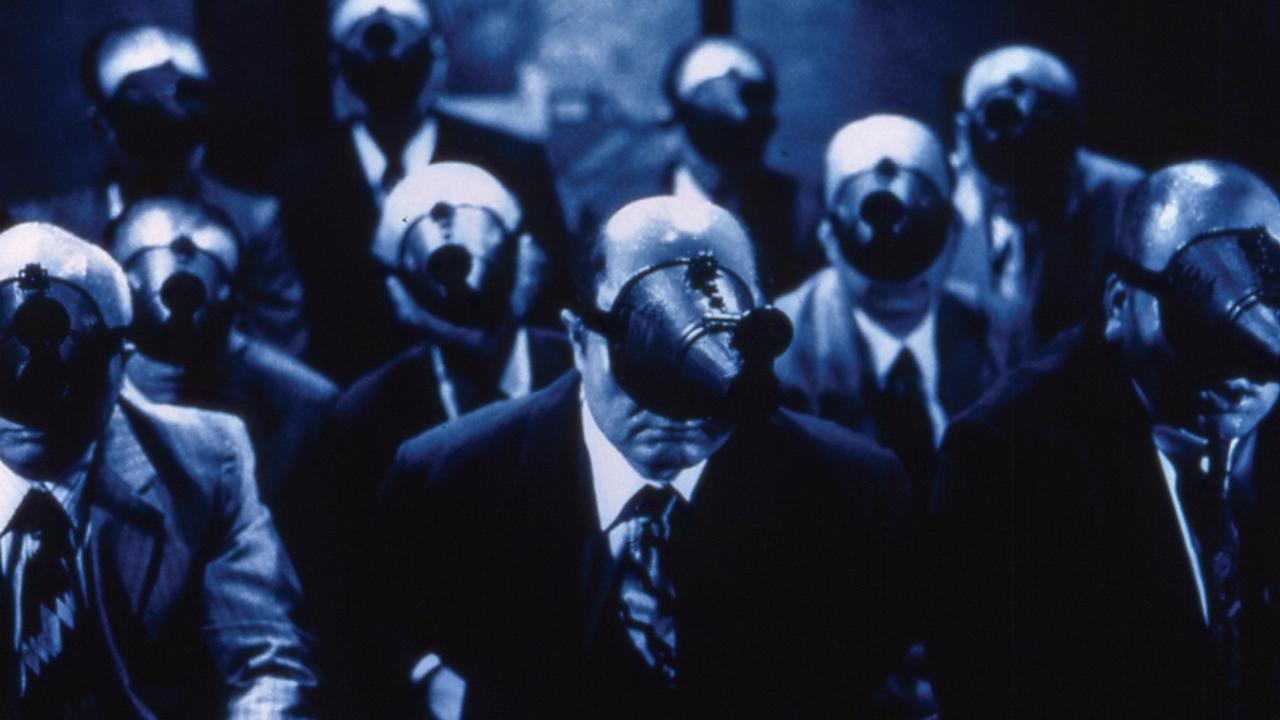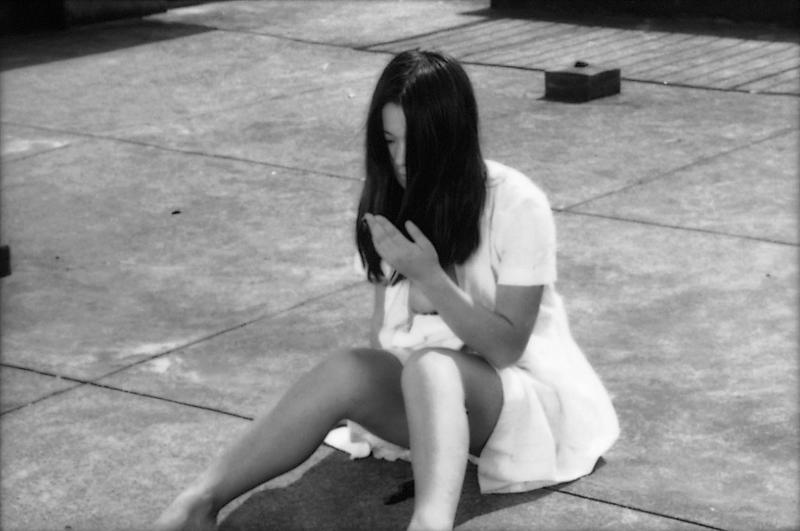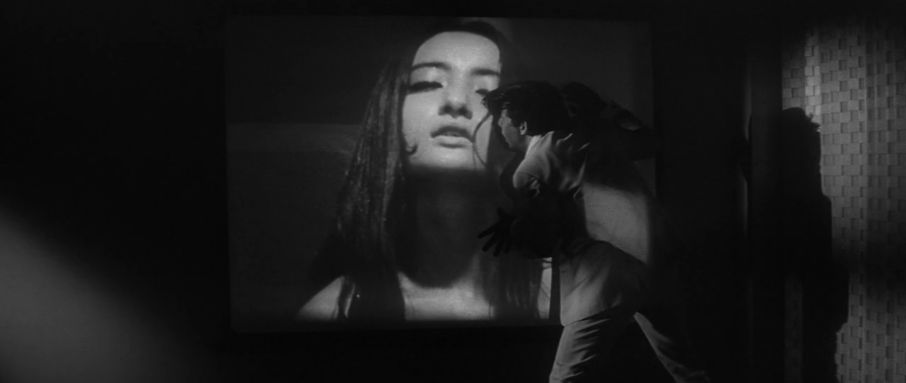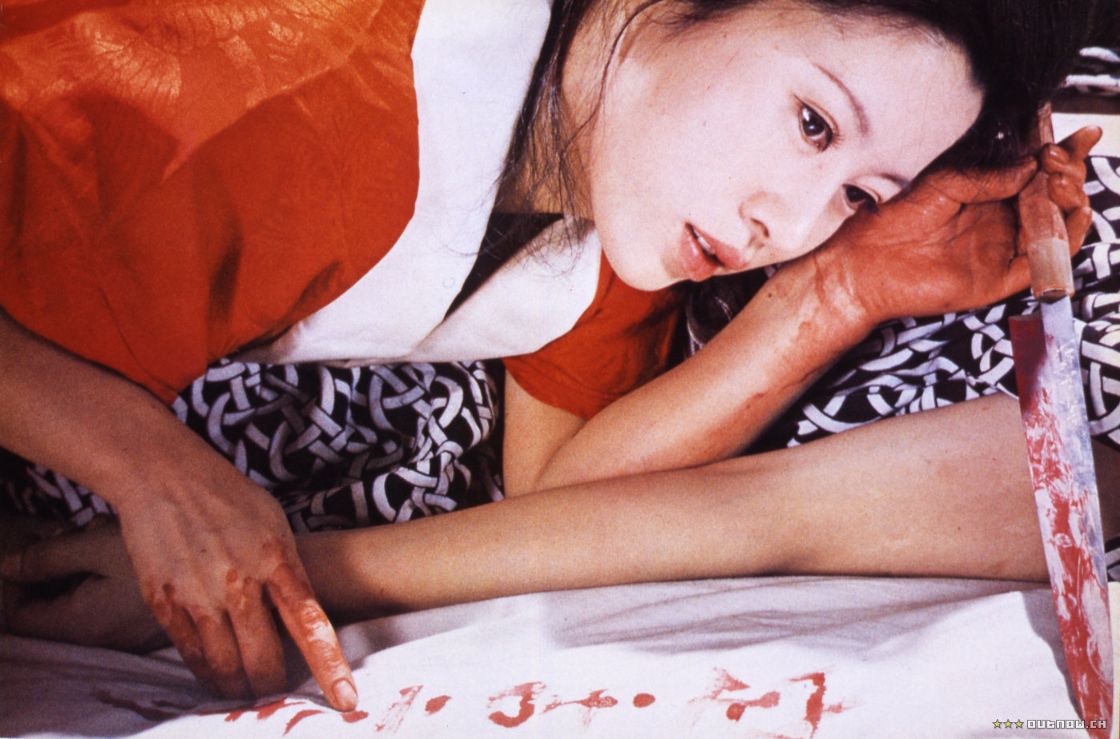Disclaimer: This article has been updated in 2024 to improve its accuracy and readability, ensuring a better experience for our readers. The content now reflects the most up-to-date information and insights.
One of the most influential genres that Japan has brought to world cinema is the pink film—a genre defined by its erotic undertones. While many Asian audiences often seek out Chinese erotic films, Japanese pink films have carved out a unique space, blending sensuality with storytelling and artistic expression.
If you’re exploring erotic cinema, Japanese pink films offer a distinctive flavor that sets them apart from conventional B-grade movies. While B-grade films often emphasize explicit scenes over storylines, Japanese cinema tends to combine eroticism with a touch of art and narrative depth, making them more than just sex films.
From the 1960s to the 1980s, pink films dominated Japan’s film industry, offering a mix of artistic expression and sensuality. This list showcases some of the most iconic pink films, including Nikkatsu Roman Porno and Toei Pinky Violence, alongside other notable erotic films. While many titles delve into themes of sensuality and desire, they maintain a level of artistry that elevates them above pure sexploitation.
Sex and Fury (Norifumi Suzuki, 1973)
Norifumi Suzuki is a renowned director within the pink film genre, known for classics like Sex and Fury. This revenge-driven story blends eroticism with intense action, featuring Reiko Ike in a memorable sword fight scene. With its mix of sensual sequences and gripping narrative, Sex and Fury has influenced many, including Quentin Tarantino’s Kill Bill. This film stands out for its daring visuals and captivating storytelling, making it a must-watch for those who appreciate sensual cinema with a narrative twist.
In the Realm of the Senses (Nagisa Oshima, 1976)
Nagisa Oshima’s In the Realm of the Senses is often considered one of the most intense erotic dramas ever made. Based on the true story of Sada Abe, this film explores themes of desire, passion, and obsession. Known for its unsimulated scenes, it provides a raw and unfiltered look at the depths of human lust. The film is not just about physical intimacy; it explores how extreme passion can lead to tragic consequences, making it an unforgettable watch for those interested in the intersection of eroticism and storytelling.
Female Yakuza Tale: Inquisition and Torture (Teruo Ishi, 1973)
Directed by Teruo Ishi, Female Yakuza Tale: Inquisition and Torture continues the legacy of Sex and Fury, bringing a blend of Yakuza culture and erotic cinema. The film depicts female gangsters involved in drug trafficking, all while showcasing intense and provocative scenes. It’s a fascinating blend of action and sensuality, appealing to fans of erotic narratives with a twist of crime drama.
Also Read: 10 Most Sexually Graphic Movies On Hulu Right Now
Slave Widow (Mamoru Watanabe, 1967)
Slave Widow, directed by Mamoru Watanabe, tells the story of a widow trapped in a web of manipulation and desire. The film’s erotic scenes are woven into a melodramatic storyline, focusing on the widow’s psychological struggle. Unlike other movies that prioritize explicit content, Slave Widow delves into the emotional complexities of its characters, making it a more layered entry in the pink film genre.
Tokyo Decadence (Ryu Murakami, 1992)
Ryu Murakami’s Tokyo Decadence is a deep dive into the world of a call girl who navigates the darker side of Tokyo’s sex industry. The film portrays her journey through various intense and sometimes disturbing experiences, touching on themes of love, drugs, and survival. It’s a raw portrayal of eroticism intertwined with the underbelly of urban life, making it a compelling watch for those interested in the more serious side of erotic drama.
Wife to be Sacrificed (Masaru Konuma, 1974)
Wife to be Sacrificed is a standout in the Nikkatsu Roman Porno series, directed by Masaru Konuma. The film focuses on a woman who is kidnapped by her estranged husband, leading to a series of intense and harrowing encounters. With its captivating cinematography and psychological depth, this movie explores themes of control and submission, making it a classic in the world of pink films.
Nanami, The Inferno of First Love (Susumu Hani, 1968)
Susumu Hani’s Nanami, The Inferno of First Love is an experimental film that explores young love, desire, and societal constraints. While the plot revolves around a budding romance, the film is rich with philosophical dialogue and surreal visuals. It combines elements of eroticism with a thought-provoking narrative, offering a unique perspective on intimacy and human connection.
Hanzo the Razor: The Snare (Yasuzo Masumura, 1973)
Blending samurai action with erotic elements, Hanzo the Razor: The Snare features a tough, unconventional investigator who isn’t afraid to use unconventional methods. It’s a fusion of sensuality and martial arts, offering viewers a unique experience that straddles the line between traditional Japanese storytelling and the pink film genre.
Manji (Yasuzo Masumura, 1964)
Manji stands as one of the best explorations of erotic tension between characters, focusing on a complex love triangle involving a married woman, her lover, and her husband. This film adapts Junichiro Tanizaki’s classic novel, blending sensuality with emotional turmoil. Masumura’s direction brings out the subtleties of jealousy, desire, and obsession, making it a landmark in Japanese cinema.
Violated Angels (Koji Wakamatsu, 1967)
Koji Wakamatsu’s Violated Angels combines raw storytelling with powerful visual imagery. Inspired by a real-life incident, the film examines themes of violence, repression, and desire. While it contains provocative scenes, its artistic execution keeps it grounded, offering a unique experience for viewers interested in psychological and erotic thrillers.
Ecstasy of the Angels (Koji Wakamatsu, 1972)
Ecstasy of the Angels by Koji Wakamatsu is a politically charged pink film that explores themes of rebellion, power, and desire. The story follows a revolutionary group as they challenge the establishment, with elements of eroticism woven into their narrative. Wakamatsu’s style blends graphic scenes with intense dialogue, offering a gritty and immersive experience for those interested in the intersection of political cinema and sensuality.
Daydream (Tetsuji Takeji, 1964)
Daydream is a pioneering film in the pink genre, known for its surreal and erotic storytelling. The plot centers around a dentist who experiences hallucinatory fantasies involving a female patient. The film’s dreamlike sequences push the boundaries of conventional storytelling, making it a classic for viewers who appreciate a blend of erotic themes and avant-garde cinema.
Terrifying Girls’ High School: Lynch Law Classroom (Norifumi Suzuki, 1973)
Norifumi Suzuki’s Terrifying Girls’ High School: Lynch Law Classroom is a gripping tale set in a brutal all-girls school where students face harsh discipline. This film blends elements of pink cinema with the rebellious spirit of the era, featuring intense scenes that challenge societal norms. It’s a powerful watch for those interested in a darker, more provocative take on the high school drama genre.
Fairy in a Cage (Koyu Oharu, 1977)
Fairy in a Cage, directed by Koyu Oharu, explores the dark side of power dynamics through the story of a woman captured by a sadistic army officer. Set against the backdrop of wartime Japan, this film uses its erotic scenes to highlight themes of domination and submission. Its beautiful cinematography and intense performances make it a standout in the pink film genre, appealing to those who appreciate both drama and sensuality.
Gate of Flesh (Seijun Suzuki, 1964)
Seijun Suzuki’s Gate of Flesh combines the grit of Yakuza films with the raw sensuality of pink cinema. The film delves into the lives of prostitutes surviving in post-war Tokyo, capturing their struggles and desires. Suzuki’s unique visual style and the film’s vivid storytelling offer a provocative look at life on the edge, making it a classic for fans of both Yakuza and erotic cinema.
Empire of Passion (Nagisa Oshima, 1978)
Nagisa Oshima’s Empire of Passion serves as a spiritual follow-up to In the Realm of the Senses. This time, the story centers on a murder and its haunting aftermath, blending elements of ghostly folklore with intense romantic drama. The film explores themes of guilt, passion, and retribution, offering a captivating experience for those drawn to psychological and erotic storytelling.
Etsuraku (Nagisa Oshima, 1965)
Etsuraku marks one of Oshima’s earlier explorations of sexuality in cinema. The story follows a man who, after being implicated in a crime, spends his last year indulging in hedonistic pleasures. Oshima uses the protagonist’s journey to explore themes of desire and the impermanence of life, making it a thought-provoking watch for those interested in more philosophical takes on erotic cinema.
Rope Cosmetology (Shogoro Nishimura, 1978)
Rope Cosmetology is a captivating film that delves into the complexities of a love triangle, enhanced by its focus on S&M themes. Directed by Shogoro Nishimura, the story revolves around a husband, his wife, and her lover, adding a layer of intensity with elements of bondage and jealousy. This film’s artistic portrayal of intimacy and tension makes it a staple in the pink genre.
Beauty’s Exotic Dance: Torture! (Noboru Tanaka, 1977)
Noboru Tanaka’s Beauty’s Exotic Dance: Torture! is an exploration of the life of a Japanese artist known for his erotic paintings. The film features intense scenes of bondage and explores the line between pain and pleasure. With its rich visual style and thought-provoking narrative, it stands out as a deep dive into the world of kinbaku, appealing to viewers who appreciate art and eroticism intertwined.
Flower and Snake (Masaru Konuma, 1974)
Flower and Snake is another classic from Masaru Konuma, focusing on themes of bondage and submission. The story revolves around a woman caught in a web of desire and control. This film is celebrated for its intense scenes and Naomi Tani’s powerful performance, making it a defining entry in the Nikkatsu Roman Porno series.
Diary of a Shinjuku Thief (Nagisa Oshima, 1968)
Diary of a Shinjuku Thief offers a different take on the pink genre, focusing more on philosophical musings and urban life. The story follows a book thief who forms a relationship with a woman who catches him in the act. The film’s erotic scenes are interwoven with discussions on politics, love, and society, making it a unique blend of avant-garde cinema and sensuality.
A Snake of June (Shinya Tsukamoto, 2002)
Shinya Tsukamoto’s A Snake of June is a haunting exploration of voyeurism and desire, set against a backdrop of constant rain. The story follows a woman who finds herself at the center of a voyeuristic game that pushes her boundaries. The film’s moody atmosphere and striking blue-toned visuals make it a compelling watch for fans of psychological and erotic cinema.
Go, Go Second Time Virgin (Koji Wakamatsu, 1969)
Koji Wakamatsu’s Go, Go Second Time Virgin is a minimalist masterpiece, set on a rooftop and featuring a blend of despair and hope. The film focuses on two characters who share their traumatic experiences and form a deep connection. It combines stark visuals with philosophical reflections, offering a raw and intense exploration of pain, loneliness, and survival.
Inflatable Sex Dolls of the Wasteland (Atsushi Yamatoya, 1967)
Atsushi Yamatoya’s Inflatable Sex Dolls of the Wasteland is a surreal and visually stunning pink film that pushes the boundaries of the genre. The story revolves around a detective searching for a wealthy man’s missing wife, with dreamlike erotic scenes that blur the line between reality and fantasy. The film’s unique style makes it a must-watch for fans of unconventional cinema.
School of the Holy Beast (Norifumi Suzuki, 1974)
School of the Holy Beast by Norifumi Suzuki is a gripping nunsploitation film that explores the dark secrets of a convent. The story follows a woman infiltrating a convent to investigate her mother’s death, uncovering a world of repression and punishment. It combines religious themes with intense eroticism, offering a unique and provocative perspective.
A Woman Called Sada Abe (Noboru Tanaka, 1975)
A Woman Called Sada Abe provides a more comprehensive look at the life of Sada Abe compared to Oshima’s version. Noboru Tanaka’s film focuses on her emotional journey and the depth of her love, offering a balanced mix of romance and sensuality. It’s a must-watch for those looking to understand the complex character of Sada Abe through a different lens.
Japanese pink films have made a lasting impact on the world of cinema, blending eroticism with unique storytelling and artistic expression. Unlike many other genres that focus solely on explicit content, these films bring depth to their narratives, exploring themes of desire, power, and human connection. From revenge-driven tales to introspective psychological dramas, each film in this list offers a distinct perspective on the complexities of human emotions and relationships. For those interested in the art of sensual storytelling, Japanese pink films provide an unparalleled cinematic experience, offering a balance of aesthetic beauty and provocative themes.


